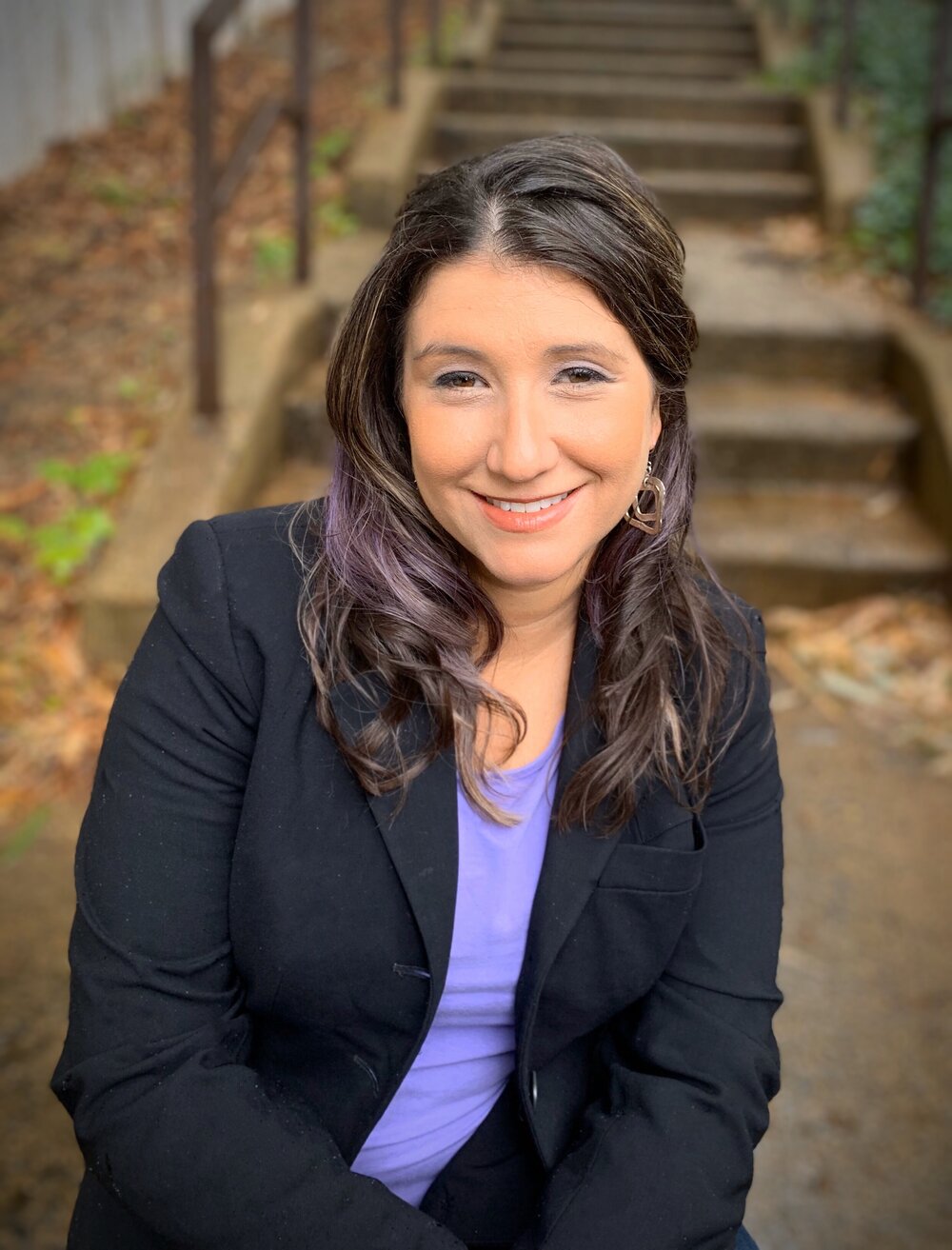As we enter National Trauma Awareness Month, I’d like to pause for a moment to consider what we know about the families of individuals living with substance use disorders… and more importantly what we don’t know.
Numbers and trends:

Sadly, we do not know how many of those individuals experiencing overdoses were parents – to my knowledge that data is not being collected. Research on the impacts of substance use on families continues to fall frustratingly behind in research, national discussions, and policy initiatives[iv].
Why should we fill these gaps in data and policy? Data tells us its badly needed.
Children and adolescents who grow up in households with substance misuse are at a higher risk for:
… and parental substance continues to rise as a contributing factor for child removal and CPS involvement[vi].
Add to the experience of courtesy stigma - the idea that some people avoid or distance themselves from family members of those living with substance use disorders – and the outlook seems bleak for the young people in our systems of care.
BUT….
We also have a lot of promising data on how we can support the families of people living with SUDs. What can we do?
We can work with families to foster resilience and connections. Resilience involves maintaining flexibility and balance in life as you deal with stressful circumstances and traumatic events. Some ways to foster resilience include:
For more information on fostering resilience check out the resources shared by the American Psychological Association and PositivePsychology.com.
We can also be more inclusive of families in our systems by reflecting on and addressing stigma in our individual approaches to working with people and in our organizations:
Working in our field is beautifully challenging because we cannot treat symptoms like substance use in isolation. Substance use occurs within the context of life lived in a body filled with thoughts, feelings and physical sensations, in a family, in a community, in an environment, in a society. While it may seem daunting to adopt a holistic approach that includes addressing the needs of the whole person in the context of their lives, this approach works.
When we foster resilience and connection, we have the potential to start a ripple effect where our services’ impacts move beyond the individuals in care to their families, to future generations, to communities. We do this work as a community of providers to support our own resilience. We are in this together.

By Kristen Wright, M.S., LCPC, Central East ATTC contributor
About the author:
 Kris has been working full time in the behavioral health field since 2007, beginning with supportive and interdisciplinary services. She received her independent license as a therapist in 2011. Her licenses allow her to provide mental health counseling and therapy in Virginia and Maryland to individuals, families and groups. She is experienced working with adults of all ages and adolescents living with behavioral health concerns including mood disorders, substance-related disorders, and trauma histories. Kris has seen that everyone faces challenges in life that can impact their mental health. She is passionate about helping her clients renew hope and get excited about life again. Many of them have challenges with anxiety, depression, low motivation, post-traumatic stress, interpersonal problems, substance use getting in the way of day to day life, and work/school related issues. Regardless of the situations they are dealing with, she teaches her clients practical tools that everyone can use to improve their mental health, enjoy life and increase resiliency.
Kris has been working full time in the behavioral health field since 2007, beginning with supportive and interdisciplinary services. She received her independent license as a therapist in 2011. Her licenses allow her to provide mental health counseling and therapy in Virginia and Maryland to individuals, families and groups. She is experienced working with adults of all ages and adolescents living with behavioral health concerns including mood disorders, substance-related disorders, and trauma histories. Kris has seen that everyone faces challenges in life that can impact their mental health. She is passionate about helping her clients renew hope and get excited about life again. Many of them have challenges with anxiety, depression, low motivation, post-traumatic stress, interpersonal problems, substance use getting in the way of day to day life, and work/school related issues. Regardless of the situations they are dealing with, she teaches her clients practical tools that everyone can use to improve their mental health, enjoy life and increase resiliency.
Kris’ work is holistic and person-centered. She uses the best evidence-supported behavioral health interventions, identifies and addresses the impacts and influences of all areas of a person’s life on their mental and behavioral health. Her approach has a special focus on employment, somatic, environmental and cultural factors. Her practice includes interventions from Cognitive and Cognitive-Behavioral Therapies, Motivational Interviewing, Person-Centered Care Planning, Mind-Body Practices and Vocational Supports.
In addition to work as a clinical therapist and as a trainer and consultant, Kris is honored to facilitate workshops for the American Red Cross’ Services to the Armed Forces serving service members, veterans, caregivers and families. She teaches Reconnections Workshops in Adult, Child and Mind Body modules providing psychoeducation, early identification of behavioral health symptoms, connections to resources, resiliency building, and health and wellness practices.
She also teaches weekly yoga and mindfulness classes at Walter Reed National Military Medical Center at the inpatient behavioral health unit, Traumatic Brain Injury (TBI) unit, and cancer unit.
Kris specializes in yoga for behavioral health and wellness, with training in Inner Power Yoga, Mindful Yoga Therapy, and Yin Yoga.
[i] Hedegaard H, Miniño AM, & Warner M. (2020). Drug overdose deaths in the United States, 1999–2019. NCHS Data Brief, no 394. Hyattsville, MD: National Center for Health Statistics. https://www.cdc.gov/nchs/data/databriefs/db394-H.pdf
[ii] Vivolo-Kantor AM, Hoots BE, Scholl L, et al. (2020). Nonfatal Drug Overdoses Treated in Emergency Departments — United States, 2016–2017. MMWR Morb Mortal Wkly Rep 2020;69:371–376. DOI: http://dx.doi.org/10.15585/mmwr.mm6913a3external icon.
[iii] Centers for Disease Control and Prevention. (2021, February 16). Suspected Nonfatal Drug Overdoses during COVID-19. Centers for Disease Control and Prevention. https://www.cdc.gov/drugoverdose/data/nonfatal/states/covid-19.html.
[iv] Winstanley, E. L., & Stover, A. N. (2019). The Impact of the Opioid Epidemic on Children and Adolescents. Clinical Therapeutics, 41(9), 1655–1662. https://doi-org.proxy-hs.researchport.umd.edu/10.1016/j.clinthera.2019.06.003
[v] Khan, N. F., Bateman, B. T., Landon, J. E., & Gagne, J. J. (2019). Association of Opioid Overdose With Opioid Prescriptions to Family Members. JAMA Internal Medicine, 179(9), 1186–1192.
[vi] National Center on Substance Abuse and Child Welfare. (n.d.). Child Welfare and Alcohol & Drug Use Statistics. Child Welfare and Alcohol & Drug Use Statistics | National Center on Substance Abuse and Child Welfare (NCSACW). https://ncsacw.samhsa.gov/research/child-welfare-and-treatment-statistics.aspx.